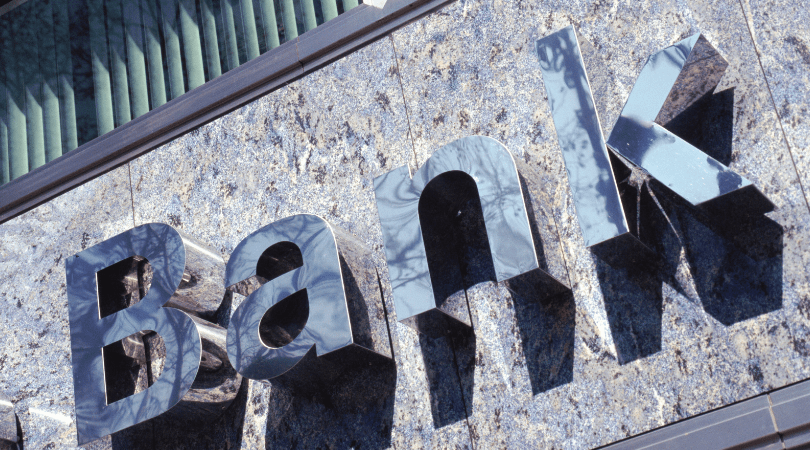
Last month, the FDIC released its biennial survey data showing that the number of unbanked U.S. households dropped to 5.4%–its lowest level since the survey was started in 2009. The term “unbanked” refers to households without an account at any bank or credit union.
But that may be changing during the COVID-19 pandemic.
According to a more recent survey conducted by PaymentsSource in September 2020, the number of unbanked households has recently increased to 6.5%, the same level as the FDIC reported in 2017.
While the number of unbanked households has declined steadily from 2011 through 2019 with an improving economy, recent disruptions in employment caused by the COVID crisis may be to blame for the recent uptick.
According to the FDIC’s survey, the main reason cited by unbanked respondents for not having a bank account was not having enough money to meet minimum balance requirements. That same reason was echoed as the top reason for avoiding banks in our own survey of Millennials in 2018.
Reloadable prepaid cards provide a viable option for those without bank accounts, either by choice or circumstance.
As noted by PaymentsSource,
“General purpose reloadable prepaid cards can be an economical and convenient way for unbanked and under-banked consumers to access our country’s financial system, so it’s no surprise the FDIC found nearly 30% of unbanked households use this payment tool,” said [Brad Hanson, president and CEO of Meta Financial Group and co-president and CEO of MetaBank]. “For these folks, prepaid cards deliver a valuable electronic option for direct depositing paychecks, paying bills and completing e-commerce or contactless transactions. These days, having a digital payment option is more important than ever.”
